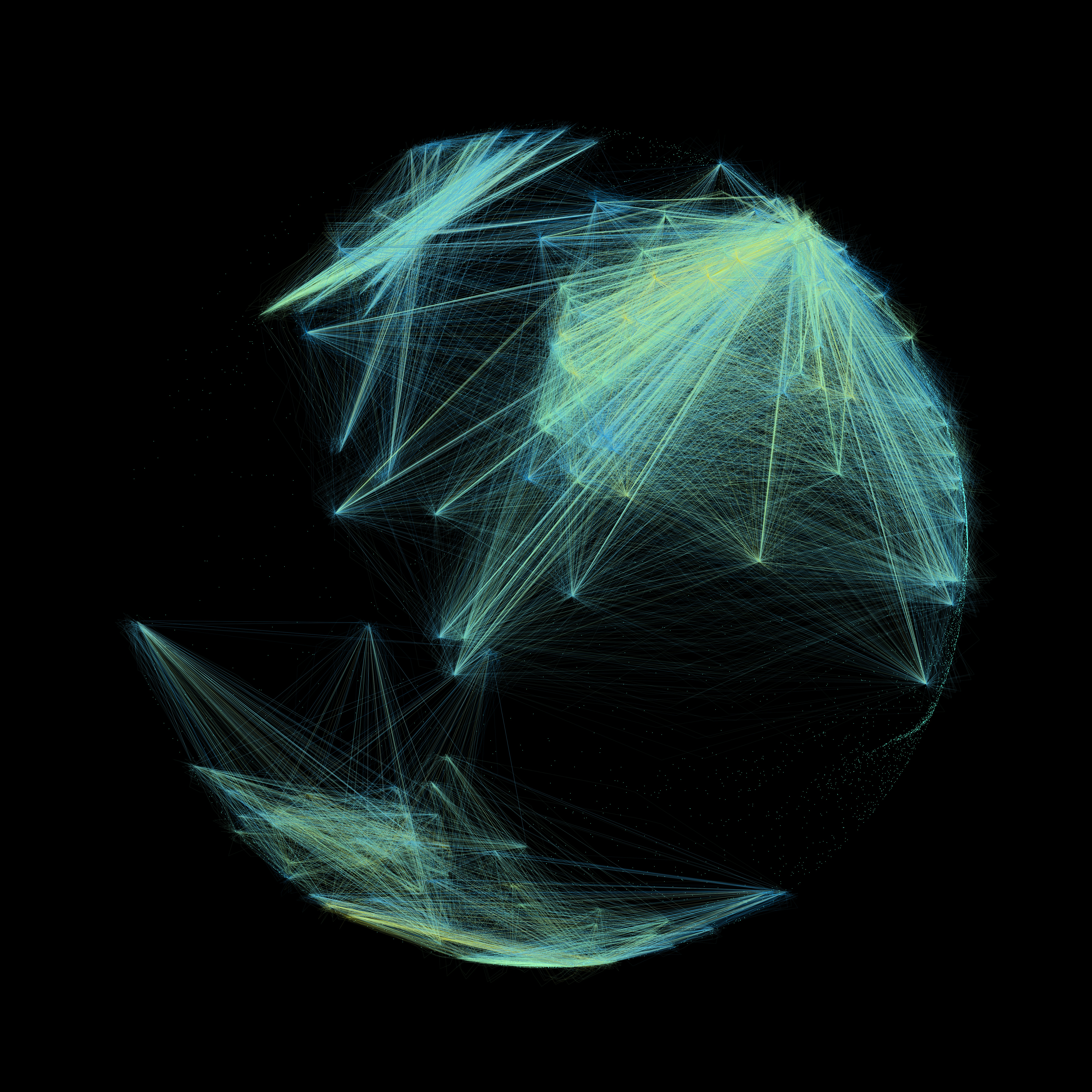Written by Elza Seregelyi, director here at L-SPARK + and Heidi Sveistrup, CEO of the Bruyère Research Institute.
The Internet of Medical Things (IoMT) is changing the face of healthcare and has the potential to significantly improve patient access as well as system efficiencies. The adoption of telemedicine, for example, spurred on by the Covid-19 pandemic, has spread rapidly. Forrester revised its forecasts to predict that virtual care visits in the United States will soar to more than one billion this year—including 900 million visits related to Covid-19 specifically. Likewise, in the United Kingdom, 40% of doctor’s appointments now consist of phone or video calls.
Even before the pandemic, the adoption of IoMT was already growing rapidly, with the market valued at US$44.5 billion in 2018 and predicted to reach US$254 billion in 2026. There are more than 500,000 medical devices on the market, helping to diagnose, monitor, and treat patients – and more and more of these can, and are, becoming connected – not to mention innovations yet to enter the market. The connected medical devices segment specifically is expected to exceed $52 billion by 2022.
The COVID-19 Effect
The COVID-19 pandemic has changed the healthcare landscape more than any other single event in recent memory. The urgent and widespread need for care, coupled with the challenge of physical distancing, has accelerated the creation and adoption of new digital technologies as well as new processes to support their adoption and implementation across healthcare. The MedTech industry is emerging as a key apparatus to combat the virus and provide urgent support.
A simple example demonstrating the potential benefits of IoMT can be seen even within a hospital setting, where monitoring COVID-19 patients is costly in terms of time and PPE (personal protective equipment) consumption, since simply walking into a patient’s room becomes a complex process. IoMT technologies enable medical devices to send data to medical practitioners who can monitor a patient’s condition without having to take readings at the bedside. The same technologies can enable patients who do not require hospitalization to be safely monitored while remaining at home or in a community setting.
From the patients’ perspective, many are embracing virtual healthcare as an alternative to long waits or having to go to a clinic or hospital altogether. And given the growing number and scope of connected medical devices and services, such as remote patient monitoring, therapy or even diagnosis, there will be even more options in the future.
Catalyzed by the pandemic, the IoMT genie is fully out of the bottle, and it is unlikely to go back.
Increasing Access
This is good news for healthcare and good news for patients and families. Patient access is improving as telehealth, supported by connected devices to enable the collection of health-related data remotely, is helping to lift barriers. This increase in accessibility has the potential to improve the convenience, timeliness, and even safety of access to healthcare services for more people in more places.
IoMT is lifting geographic barriers that have impeded access to healthcare since its very inception. Individuals with transportation or mobility challenges will no longer need to travel to receive routine care if they can be safely monitored while at home. Historically underserved rural or remote communities can gain access to medical specialists without needing to fly or drive great distances, while services can be delivered more cost-effectively.
Furthermore, with fewer clinic or hospital-based appointments required for routine monitoring of patients who are otherwise doing well, doctors would be able to concentrate their in-person time and clinic resources on those most in need of care.
The capacity for specialized medicine enabled by IoMT could also have a dramatic impact. The vast quantities of health data becoming available (with the requisite permissions in place), can enable sophisticated AI-driven health applications that can, for example, predict complications before they occur, better understand the health needs of specific populations, or enable stronger patient engagement and self-care. These models can also equip healthcare practitioners with better sources of information, ultimately leading to better patient outcomes.
Navigating Barriers
That said, while technology capabilities expand, innovation must take into consideration the needs of all the stakeholders within healthcare – from patients and caregivers to healthcare practitioners to administrators and payors/funders. Internet access, infrastructure, and comfort with technology, for example, can pose significant barriers for patients and health practitioners alike.
One approach is to minimize the technological burden facing end-users. Devices should be user friendly and “ready to go” right out of the box, taking into consideration the circumstances and abilities of the potential range of users (patients and practitioners alike). Relying on the patient’s home Wi-Fi to provide connectivity is not ideal from either a usability or security perspective – not to mention availability and affordability. It is better for medical devices to have a cellular connection that can be immediately and securely connected to the network from any location, while also being remotely manageable to avoid burdening the user with network and setup requirements, or apps to download.
Another barrier is the concern that both patients and healthcare providers have about security and data privacy risks. According to the 2016 edition of Philips’ Future Health Index, privacy/data security is second only to cost in the list of top barriers to the adoption of connected technology in healthcare across the countries surveyed.
The Cybersecurity and Infrastructure Security Agency, FBI, and U.S. Department of Health and Human Services have warned of cybercrime threats against hospitals and healthcare providers. The WannaCry ransomware attacks affected tens of thousands of NHS medical tools in England and Scotland. The enthusiasm in rolling out new digital health solutions must not overlook security principles or create systems that rely on ad hoc patches.
One way of meeting the stringent security requirements of healthcare is to ensure that connected medical devices have security literally built into their hardware, following the most recent guidelines set out by the GSMA for IoT security, including the GSMA IoT SAFE specifications. In accordance with this globally relevant approach, connected devices have a specially designed SIM that serves as a mini “crypto safe” inside the device to ensure that only authorized communication can occur.
Similarly, new medical devices and software that are difficult to implement or cannot communicate with other systems such as electronic health/medical records risk being “orphaned” in the system or simply not used. The latter is a matter of both developing the necessary integrations and ensuring the appropriate access and permissions are managed. More easily said than done, fully integrated systems take time, and some of the pieces may be added incrementally – the key is that the potential to do so is there from the beginning so future resources can be invested in enhancements rather than replacements.
Early Collaboration is Key
Accessibility and usability must be designed right into IoMT solutions from the outset, and the best way of ensuring that is for developers and healthcare stakeholders to have plenty of interaction long before the product enters the market. Stakeholders are many and healthcare systems are complex, so innovators can look to startup accelerators and other thought leaders to help navigate the territory. The time and effort spent by innovators and healthcare stakeholders in collaborating is a sound investment in the future, ensuring that technology is designed and then applied in meaningful and equitable ways to address the most pressing issues.
The telehealth genie, powered by IoMT, is indeed out of the bottle and is set to revolutionize healthcare. By ensuring that IoMT technologies are developed and implemented with security, accessibility, and ease of use for all stakeholders as priorities, we can make sure that the full benefits of this new dawn can be enjoyed by all.
Elza Seregelyi
Elza Seregelyi is the Program Manager for our TELUS L-SPARK MedTech Accelerator program, which offers participants pre-commercial access to a secure telehealth platform. We are currently working with its first cohort of medtech companies and are so excited to see all that they accomplish. Elza has an engineering and entrepreneurship background with extensive experience driving collaborative initiatives.
Heidi Sveistrup, Ph.D. Bio
As the current CEO of the Bruyère Research Institute and VP, Research and Academic Affairs at Bruyère Continuing Care, Heidi Sveistrup, Ph.D. is focusing on increasing the research and innovation supporting pivotal transitions in care; meaningful, enjoyable and doable ways to support people to live where they choose; and creating opportunities to discover and create new approaches to identify, diagnose, treat and support brain health with individuals with memory loss. Fostering new and supporting existing collaborations among researchers, policymakers, practitioners, civil society and industry continues to be a priority.



